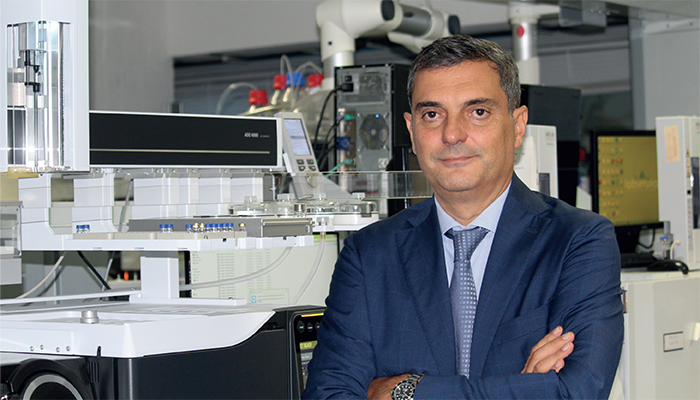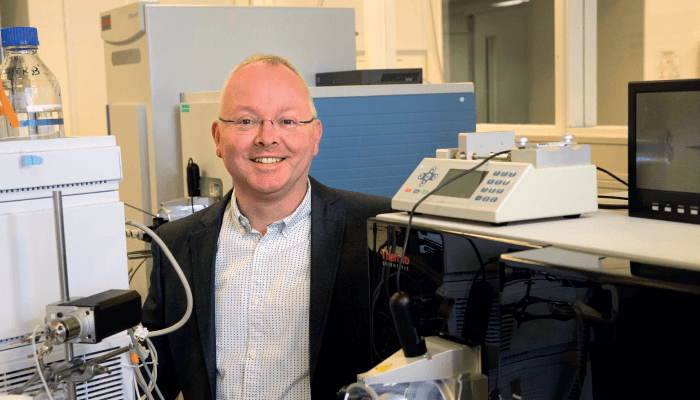Gary Hieftje: Excessive concentration on applications and chasing the most recent “hot” problem instead of emphasizing fundamental research and the development of novel instruments and methods. The latter will build the field and break ground for the future. Additionally, the rapid emergency of artificial intelligence is likely to affect analytical activities in the applied areas rather than in fundamental or hypothesis-driven research.
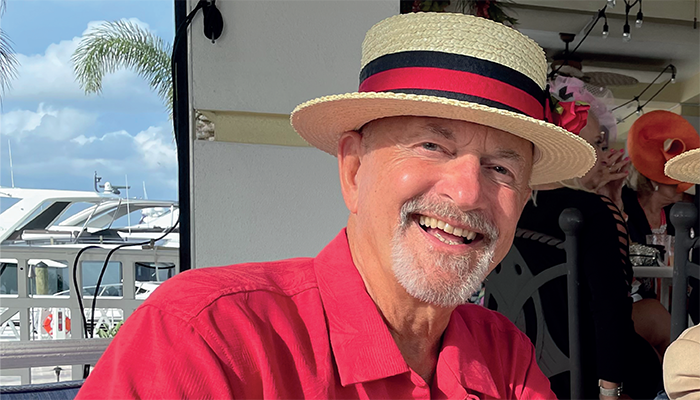
Chuck Lucy: High costs of purchasing and maintaining instruments is limiting students’ hands-on experience. Miniature and portable instruments are helping with affordability, but it’s an enduring challenge. Undergraduate research and industrial internships offer students the chance to play with instruments, gain confidence, and discover their passions. It’s up to us to open up our labs to our students.
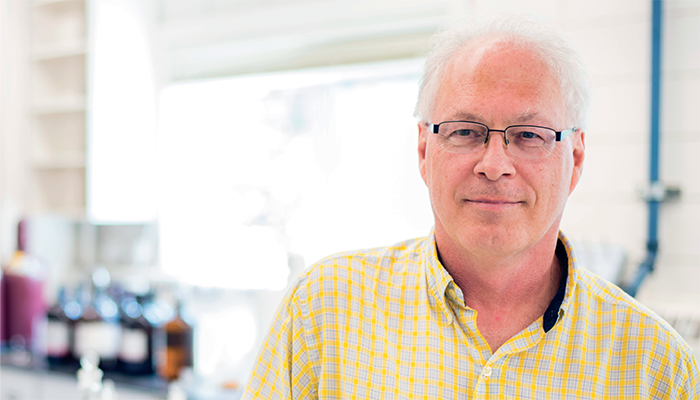
Phil Marriott: Providing reliable and effective identification of major components and trace elements in complex compounds – such as metabolites in metabolomics – is the ultimate aim of high-resolution separation methods. Advances in separation techniques have expanded our understanding of sample composition, but accurately identifying the many peaks in a chromatogram is still challenging. Relying on mass spectrometry to provide valid identification without authentic standards is uncertain – leading to incomplete component coverage. Improving this to cover a larger portion of the sample composition is the overall desired objective that we still need to achieve.
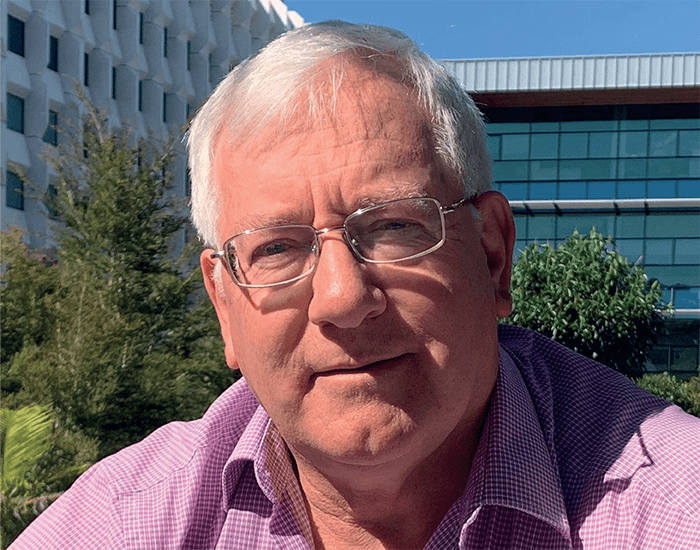
Richard N. Zare: The big challenge? Simply put, gaining more respect for analytical science’s importance to understanding nature.
Matthew Lockett: Many chemistry departments have lost sight of the importance of analytical science, the need for instrumentation and method innovation, and creative skill sets. Our job is to educate our colleagues and students on the importance of our field and how measurements continue to drive all aspects of scientific research.
Scott McLuckey: There is a lack of recognition of measurement science at the molecular level as an intellectual pursuit in its own right. Progress in all of the molecular sciences obviously requires measurements, but the prevailing view among both scientists (outside of analytical chemistry) and funding agencies is that the measurement already serves the need.
Though many scientists will agree that many of our greatest discoveries and developments were made without a motivation to solve the measurement problems to which they are now applied, there is still a push to stick with a universally understood phrase: “necessity is the mother of invention.”
The laser was not developed with either femtosecond spectroscopy or reading bar codes in grocery checkouts in mind. Mass spectrometry was not developed to identify post-translational modifications of proteins. Magnetic resonance was not developed to locate tumors. Simply by looking at the subjects awarded with Nobel Prizes, we can see examples directly related to measurement science that emerged from origins quite distant from their ultimate impact.
The problem arises from the fact that funding for analytical chemistry is almost exclusively driven by “need.” No one dares submit a proposal without a strong case for addressing a currently recognized measurement demand. However, the breakthroughs that we need will probably come from unexpected directions. Society would be better served by researching interesting phenomena that have no immediate or obvious killer application. A lack of appreciation and support for exploratory activities in analytical science has in some ways relegated the field to a secondary status. This inhibits the rate at which we can discover ground-breaking ideologies and game-changing developments.
R. Graham Cooks: There is a lack of appreciation of the intricacies of analytical science by other disciplines (especially chemists) who see it as little more than an exercise in measurement using commercial instrumentation. Like modern day pharaohs, the organic synthetic chemist commands – “measure it!” – without pausing to recognize the ingenuity that went into the slaves’ work of conceiving the method, building the instrumentation, and achieving useful performance criteria. The “measure it” request at the end of that multi-year process is often a simple application, but the process that allows it is a unique combination of new scientific insights and skillful technology. I see tandem mass spectrometry as representative of this situation rather exactly; but, if that example is too dated, then consider 2D MS/MS which provides, within 1 second, a single scan covering all product ions of all precursor ions and serves as a means of complex mixture analysis and as a method of oligomer structure determination.
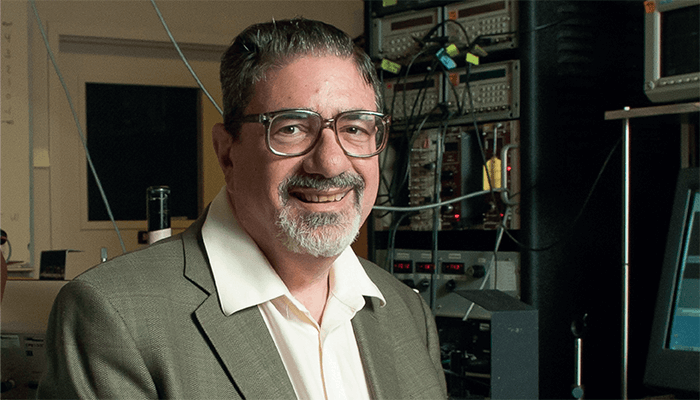
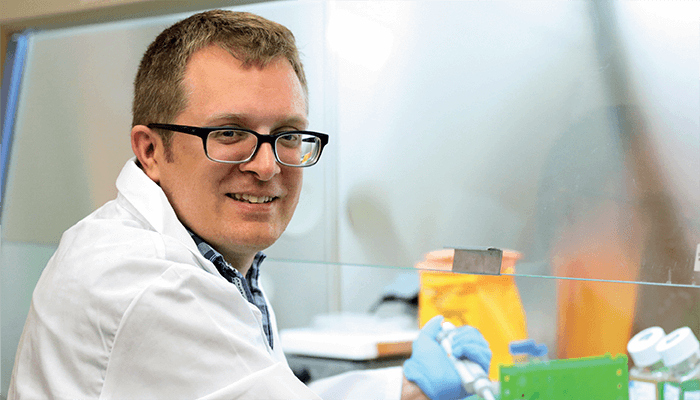
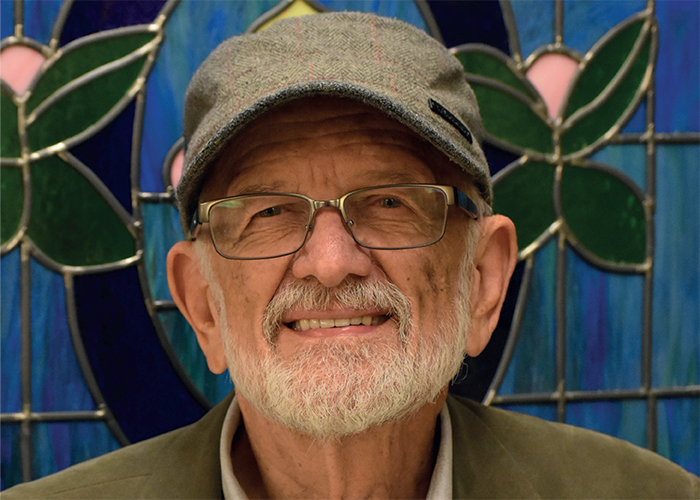
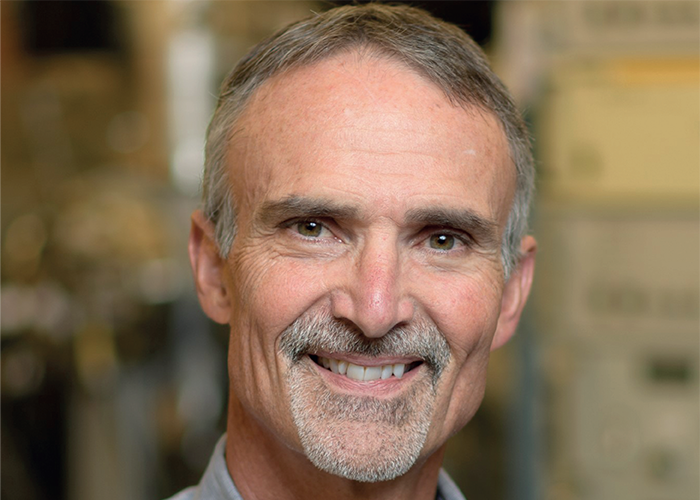
Lisa Jones: Analytical methods are often looked at as just tools used to support the more important biological science. There is a lack of respect in some ways for what analytical measurements bring to science.
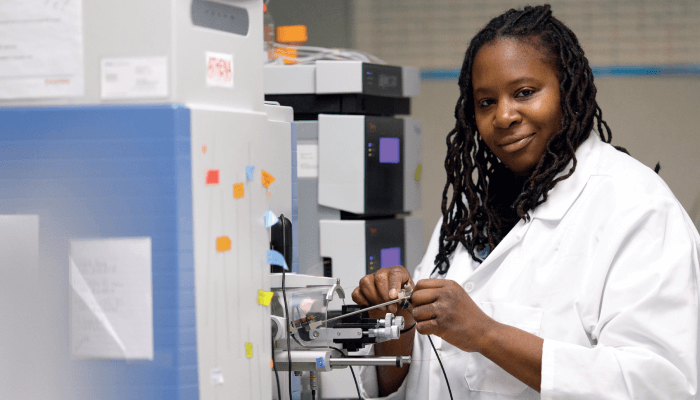
Valérie Pichon: I believe that the future lies in the development of smaller, faster, cheaper, and greener analytical devices – with an especially large impact on personalized medicine. However, the challenge is twofold. These green tools must remain efficient to provide the expected response. The analysis should evaluate the environmental impact of its approach on a global scale, considering factors beyond the tool itself.
Jennifer Van Eyk: The infrastructure and cost effectiveness of moving candidate biomarkers into clinical applications is, in my view, the biggest hurdle for the future applications to medicine.
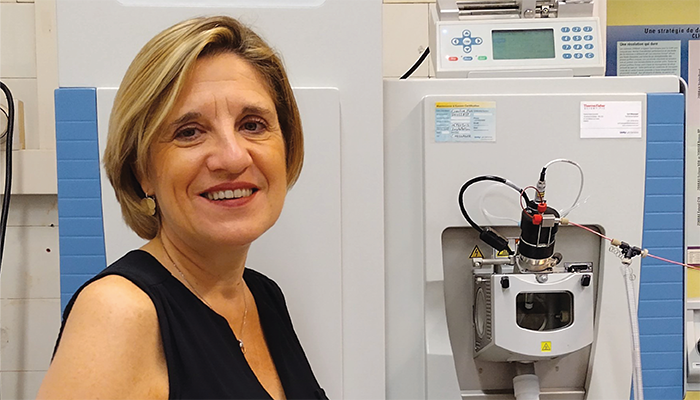
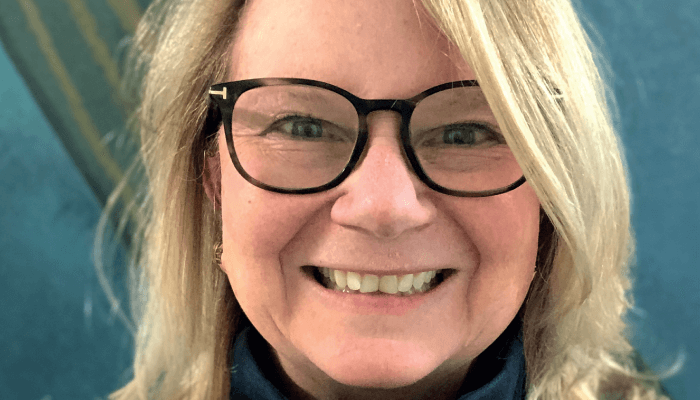
Alexander Makarov: When it comes to mass spectrometry, I think that the generally insufficient rate of hardware miniaturization and commoditization is limiting expansion of this otherwise excellent technique!
Jenny Brodbelt: Most analytical instrumentation has become a black box. The ability to build, modify, and troubleshoot instruments has become increasingly difficult.
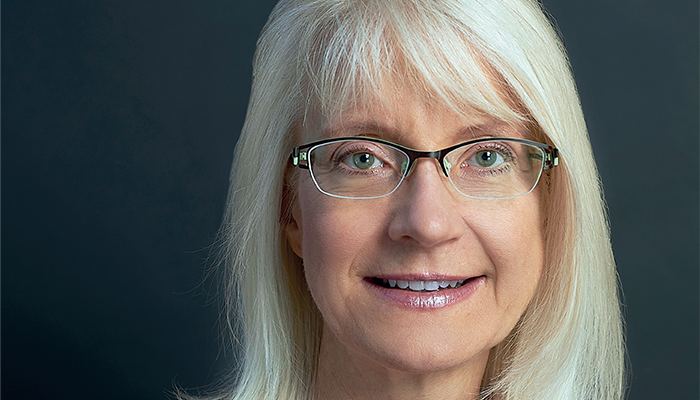
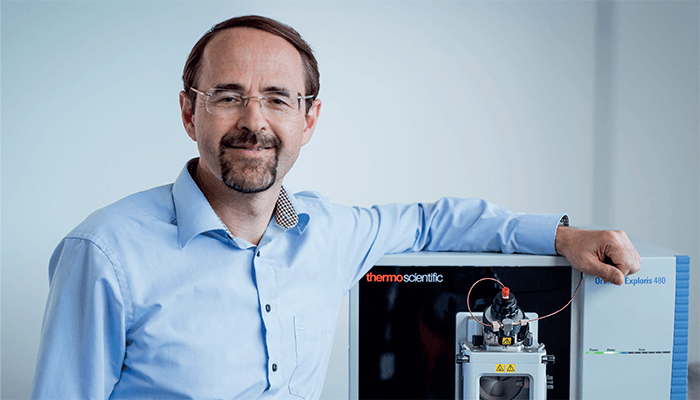
Janusz Pawliszyn: Designing portable devices to facilitate on-site, bedside, and in-vivo applications.
Susan Richardson: We need to address the challenge of dealing with high molecular weight DBP’s that our current technology fails to detect.
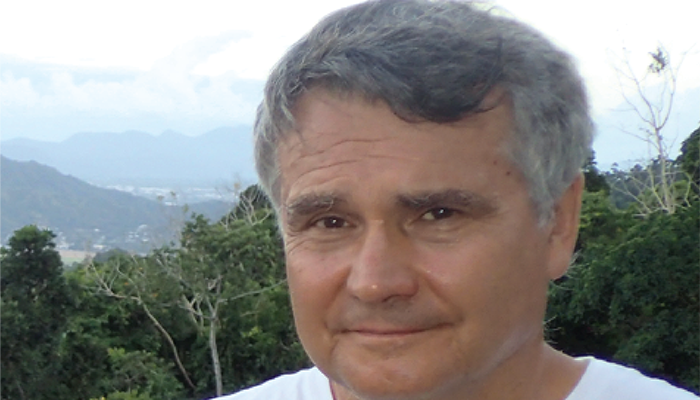
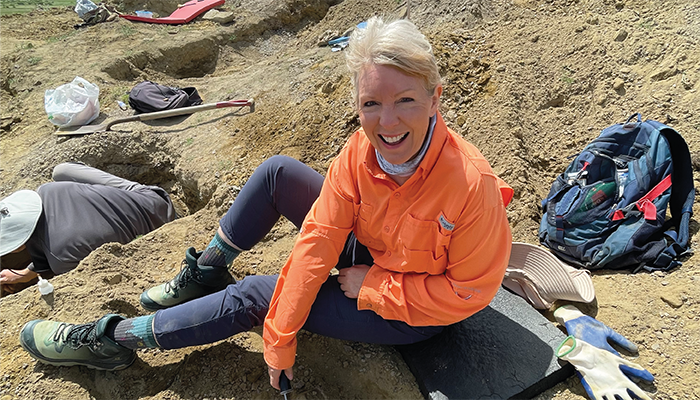
Koen Sandra: There are multiple challenges revolving around the building complexities and logistics of our field. Therapeutic and prophylactic modalities are more complex, and it’s becoming increasingly difficult to optimally handle and interpret the tons of information that our instruments generate on a daily basis. Costs continue to rise and there is a pushing concern for sustainability, yet while we continue to struggle to find skilled chromatographers and mass spectrometrists, our issues will continue. We need more hands on deck with critical mindsets – not just users of the dazzling analytical techniques available on the market.
Elena Ibañez Ezequiel: Sustainability is the biggest challenge nowadays. We can have new equipment that is more accurate and sensitive, which can be used for studying different fields such as medicine, food, pharma, environment, and so on, but we need to be aware of the need for developing greener procedures that can ameliorate the huge threats we have in front of us, such as climate change and sustainability.

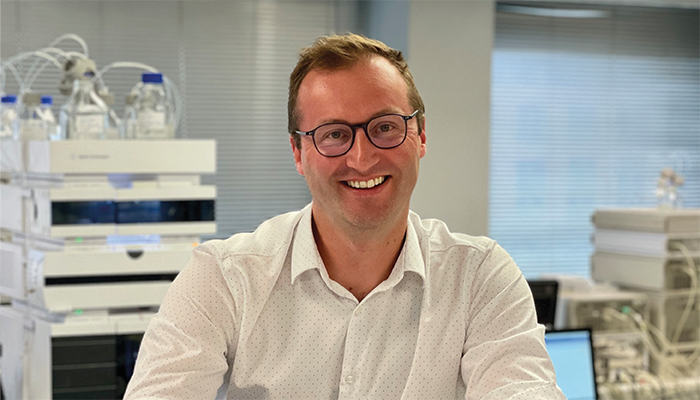
Luigi Mondello: The ever-increasing levels of regulation across all sectors of analytical science have resulted in the need for increased sample throughput and laboratory productivity. In the search for smaller environmental footprints, instrumental configurations shaving off the solvent and energy consumption of traditional analytical methods will shape the future of separation science – hopefully!
Albert J.R. Heck: The administrative burden and social-political agendas of today often interfere – preventing scientists from focusing on science. We need to foster fundamental research, ensuring that scientific talent can focus on their craft to improve the world for future generations to come.
Credit: All headshots supplied by interviewees
